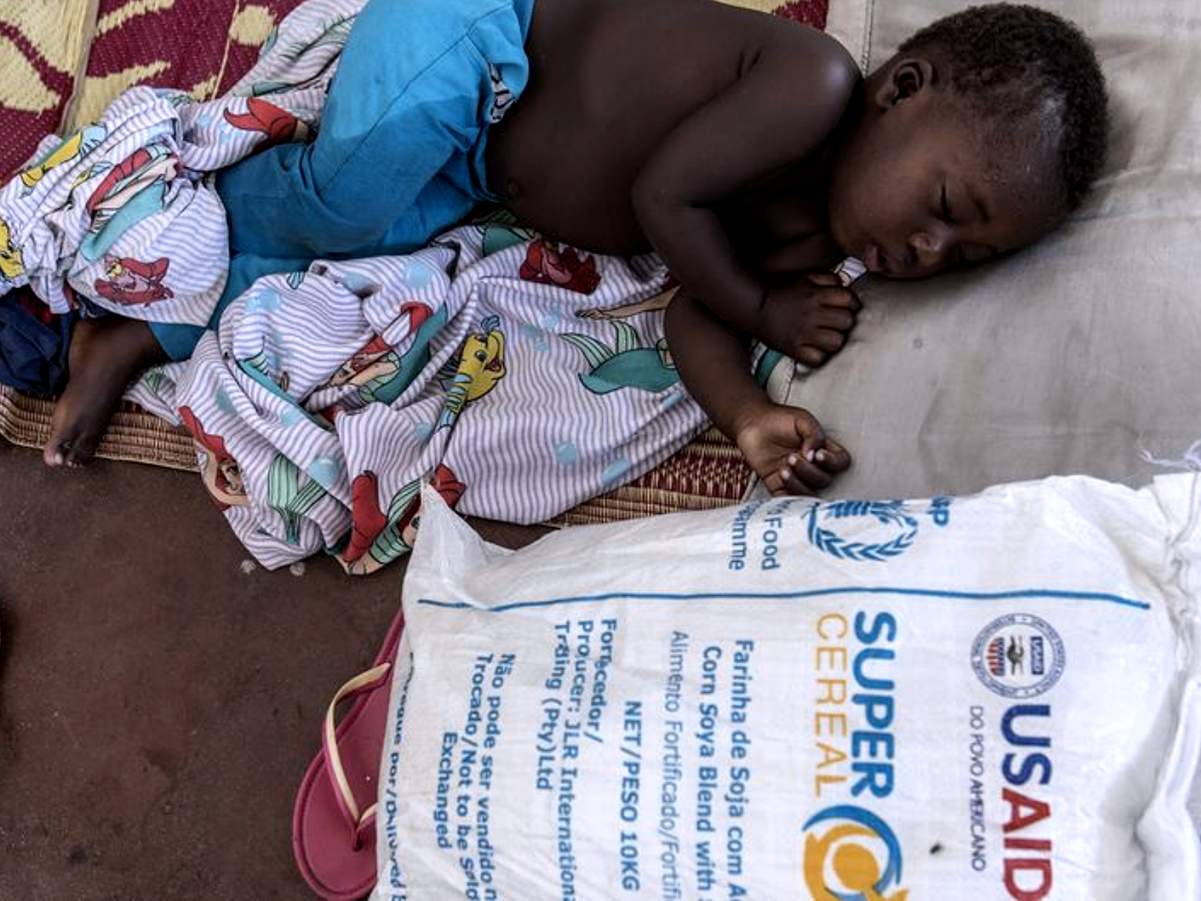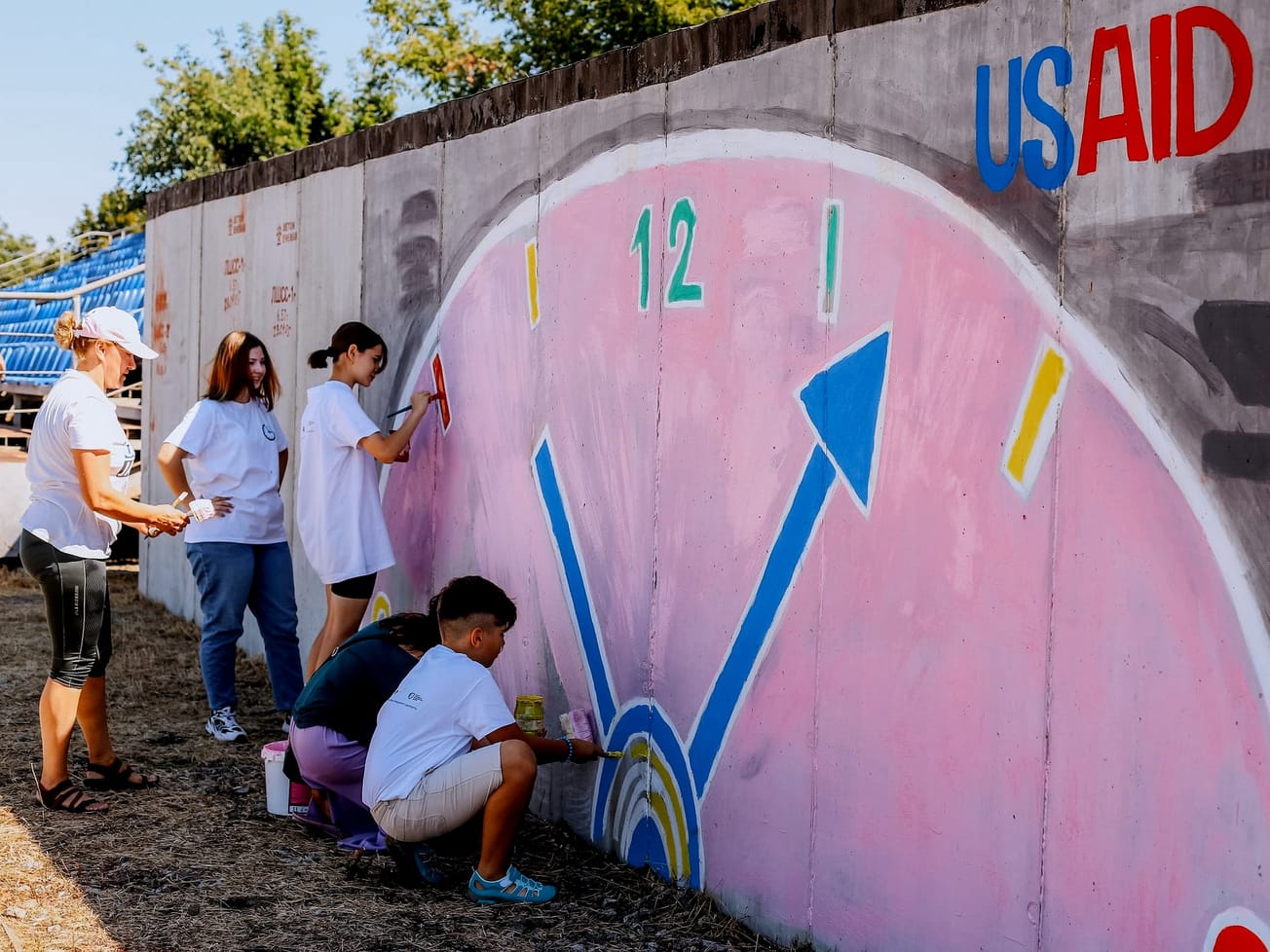Israel's blockade-turned-siege of Gaza – one of the deadliest offensives in recent history – has made the Palestinian enclave into a death zone.
As the war between Israel and Hamas entered a third month, the only certainty for Gaza at the start of 2024 is more hunger, death and misery.









